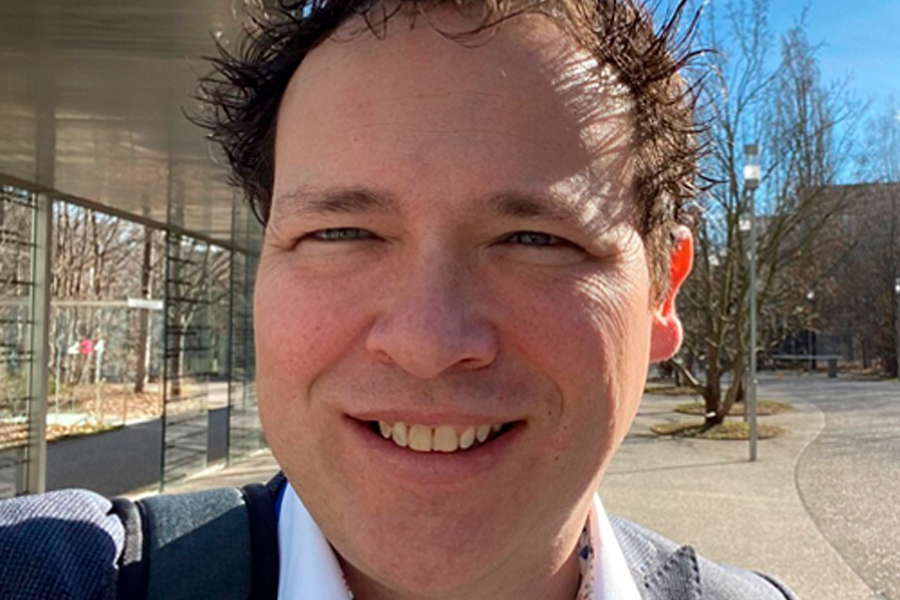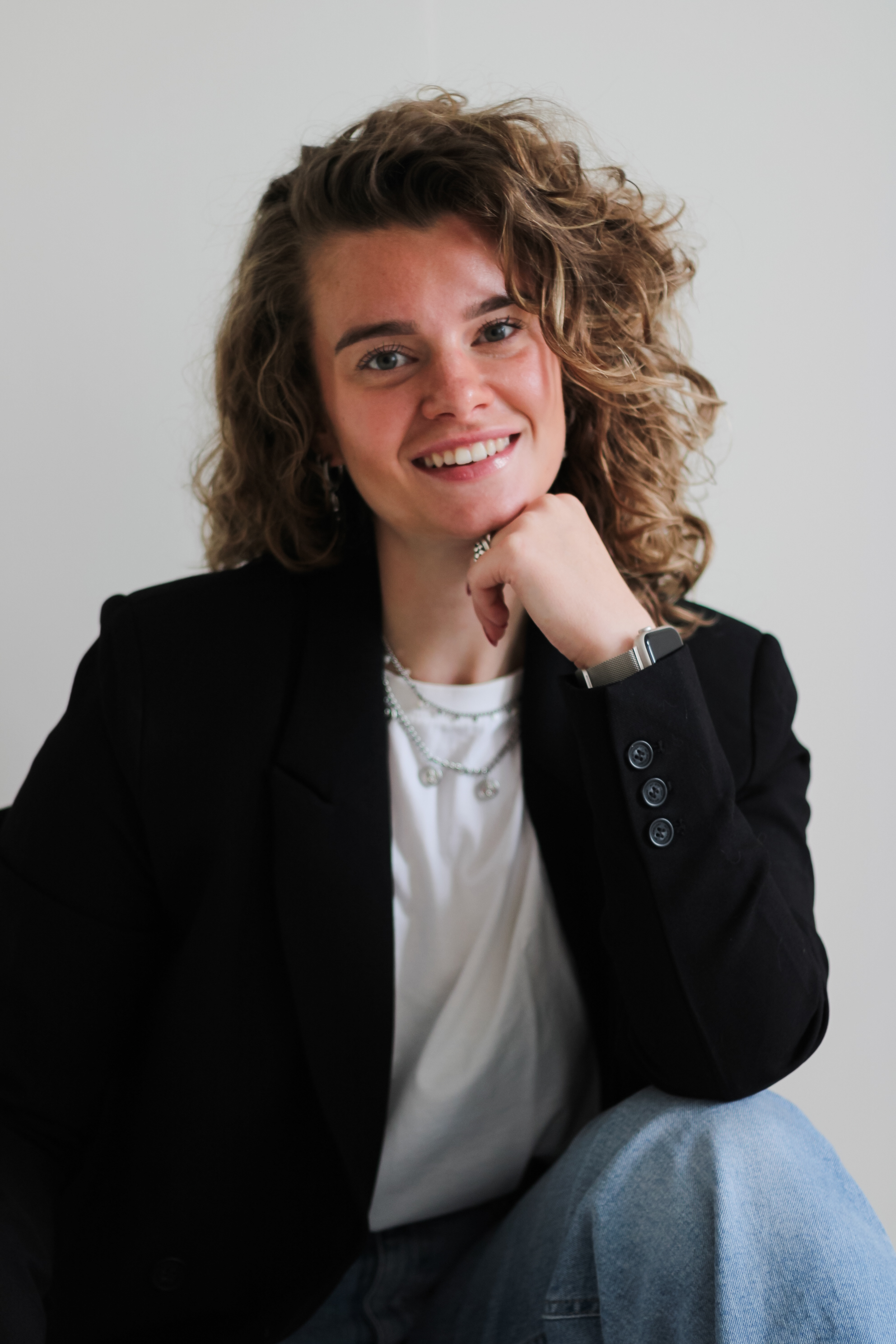Learning pioneers in the spotlight: Peter Meerman

Together with all the learning pioneers in our community, we are on a mission to make training a little better every day. Your shared insights and stories are the fuel that keep this community running.
That’s why, in this series, we’re going to talk to other learning pioneers and ask them some thought-provoking questions.
This time we will hear from Peter Meerman from SLT Consulting.

Peter Meerman
He is the founder and owner of SLT Consulting. What he wants to learn? He would like to become more of a handyman, so he can lay bricks, build a wooden porch and connect solar panels.
For what part of your job can people wake you up at night?
“I love sleeping, so actually not much. But what I like most about learning analytics, which I’m involved in, is that it is almost like detective work. You try to find clues and investigate them. Afterwards, you’re able to give people insights that they have never had before.”
What challenge or problem in your job can keep you up at night?
“Nowadays, everything around us is data. The biggest companies in the world are data companies. So, if you look at what happens outside of L&D, everyone else seems to be further ahead in this than us. I’m worried that L&D will be taken less seriously if we don’t take data and analytics more seriously. But for a lot of people, this is a thrilling first step because it can be very confrontational.
If you think you have a great programme, but the data shows that it doesn’t work, you need to be open to learning and improving. The chance that a learning design is perfect from the start is very small. Data helps you explore whether learning objectives are really achieved. If you don’t, the worst-case scenario is that L&D budgets will be cut since, otherwise, what happens to it can’t be proven. That worries me.”
What do you think is the biggest misconception in learning?
“That we think that training can solve more than it is actually able to. I think we need to be more modest about that. People learn everywhere. This results in a lot of bias in the interpretation of data.
Are you keeping track of how much time people spend on their course and is there an upward trend visible? Then it’s easy to think that people are also learning more. But all you see is how much time they spend on your training. What you don’t see is what people do outside of that: how often they search for something on Google, watch a YouTube video or ask something in their network.
So, we overestimate our role in learning and need to look at, in a broader sense, what we as L&D can organise and facilitate.”
“I’m worried that L&D will be taken less seriously if we don’t take data and analytics more seriously.”
What or who is your biggest source of inspiration?
“Many thought leaders within L&D have been telling the same story for 10 years. They have written books and spoken at conferences, but what I miss is: how do I actually apply those ideas? That is often the missing link.
Mirjam Neelen is an example of a thought leader that actually connects theory and practice. She is involved in evidence-based learning, something that comes close to learning analytics. Without learning analytics, you can’t apply evidence-based learning.
Furthermore, it is great to work together with Mirjam. She gives good feedback and is always open to receiving it too. I find that important in a person.”
How do you keep challenging yourself?
“Something I apply is the concept of ‘stealing with pride’. That means that I look at what happens outside L&D more than on average. For example, I look at marketing and IT a lot, and think about what’s relevant to use in L&D.”
How can the impact of learning be increased, according to you?
“By using data, to get more insights into the effect of learning journeys. If the data show that the desired outcome isn’t achieved, you can try something else. This is often done in marketing, and they call it A/B testing. One group gets to see the new version while the other group sees the old one. Afterwards, it is possible to compare the results. In L&D, we often don’t have the possibility to compare like that. However, we can be more aware of what works and what doesn’t.”
